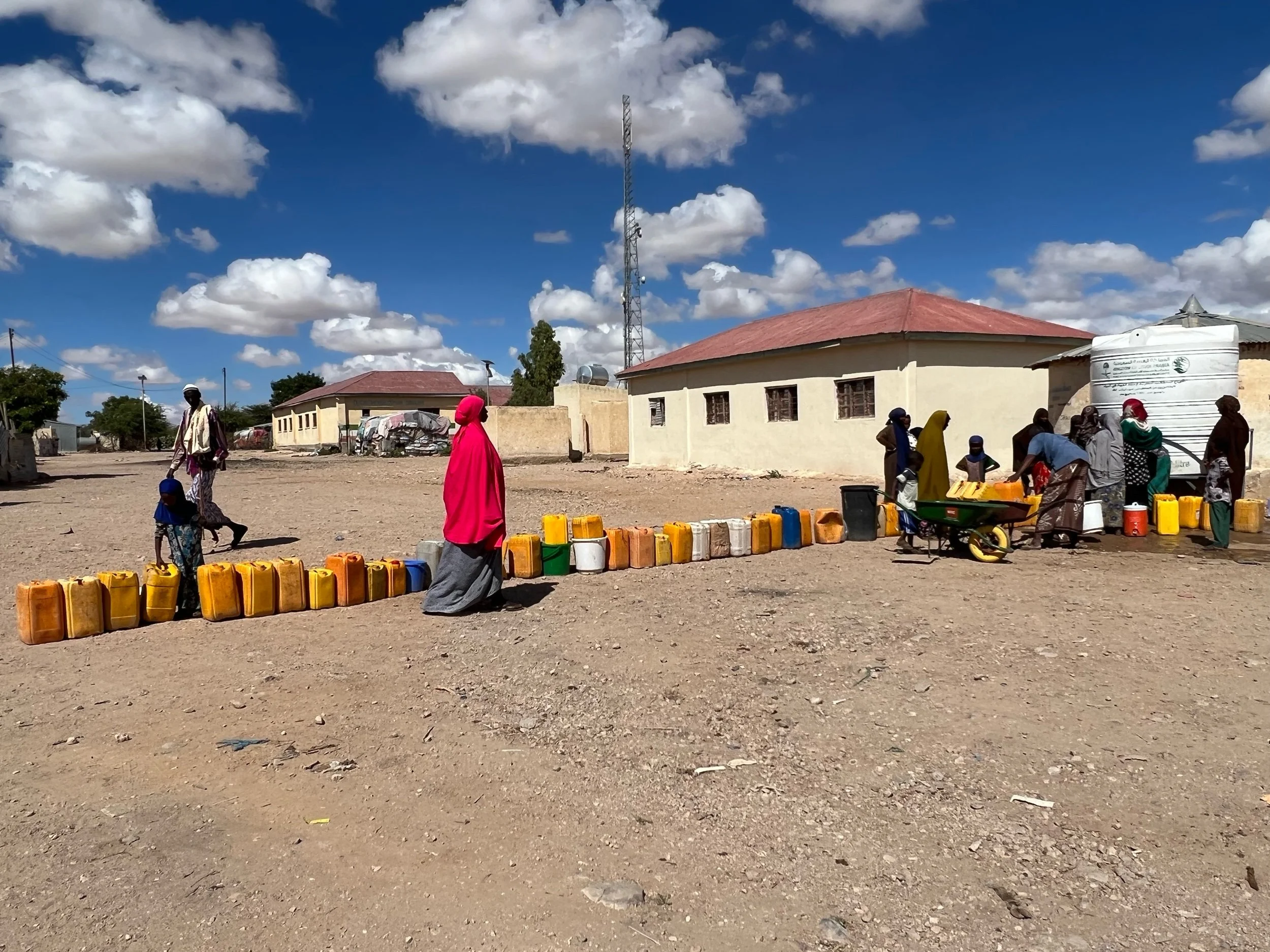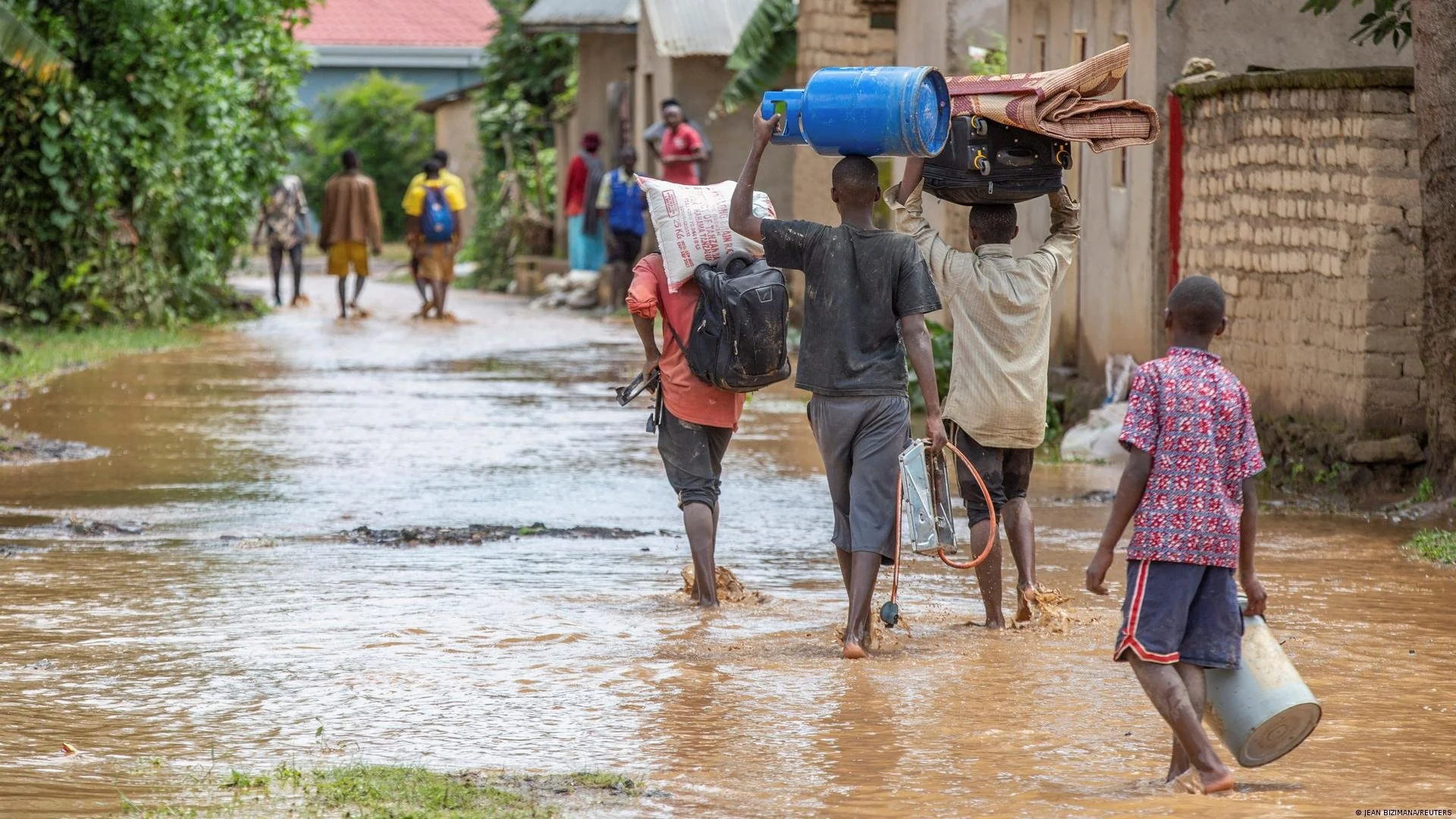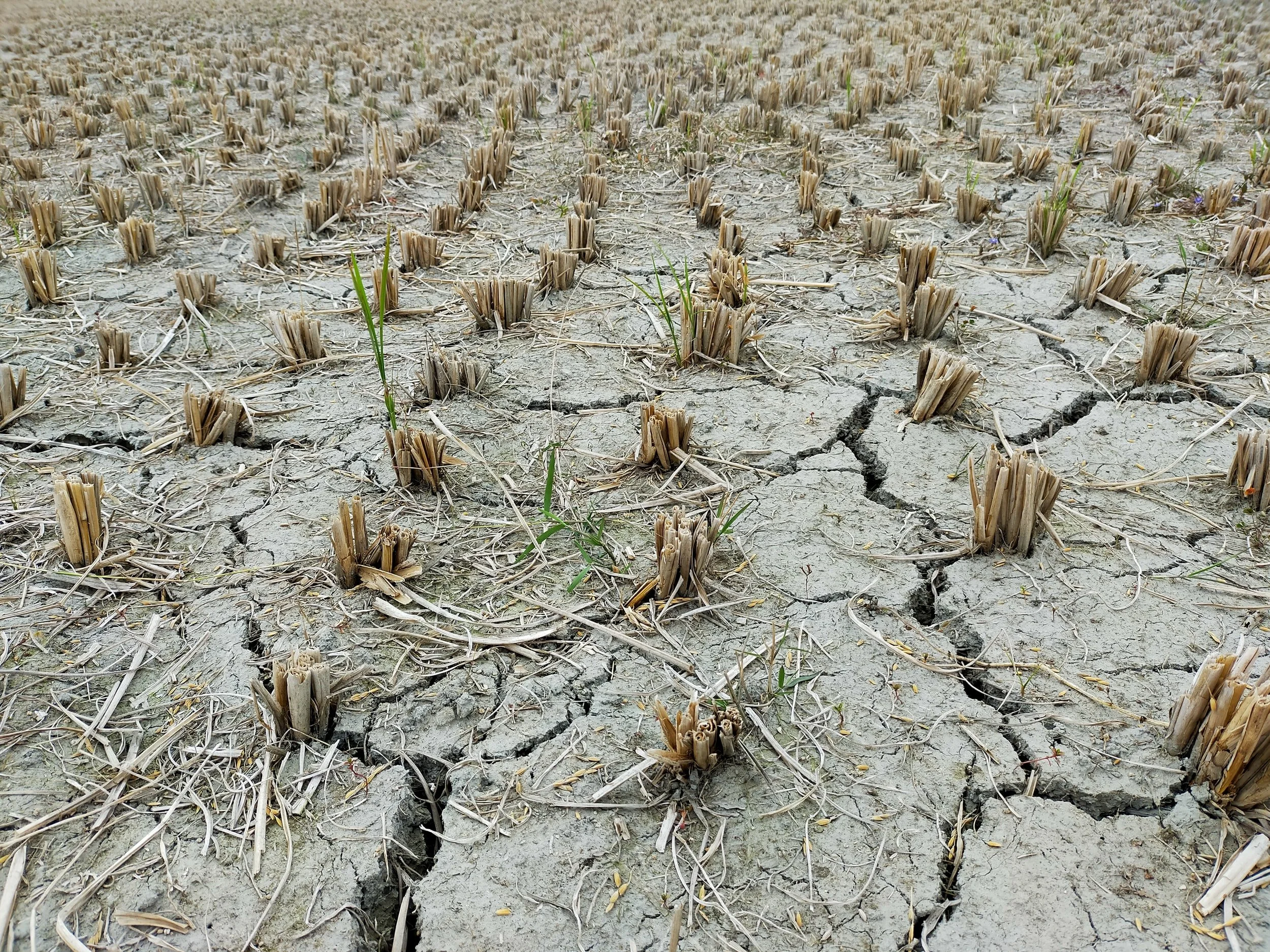At the start of this global pandemic we told you SPOTLIGHT would highlight the particular threats, challenges, needs and gaps refugees and forcibly displaced populations face in this emergency, as well as the contributions and support they provide, in order to better illustrate the complexities of refugee vulnerability as a layered concept. We were glad to see we weren’t alone. Alexander Betts and others highlighted why refugees are an asset in the fight against the Coronavirus, and now this beautiful letter of solidarity out of Uganda, a country where refugees have more than answered the call when social distance measures, closed supply routes and borders became barriers to getting vital help to vulnerable communities.
Now in our fifth month of this pandemic, longer in some parts, the authors rightly ask policymakers, who have fallen short where refugees and displaced communities are concerned:
“How can you flee persecution if the closest border has been closed? How are you supposed to wash your hands when you don’t necessarily have access to clean water? How can you isolate yourself if you live in a crowded camp?
How can you survive during this lockdown without life-saving commodities? How can you seek protection against sexual and gender-based violence if you live under the same roof as your abuser? How can you provide for your families if you can’t go to work?”
Lacking answers, refugees have answered the call. We told you about Ugandan refugee-led organizations that are responding in both camps and cities. Like in the Nakivale Settlement, the Wakati Foundation has been employing refugees to sew and distribute masks, while also raising community awareness about the virus. In Arua, the Global Society Initiative for Peace and Democracy has been conducting hygiene and sanitation information campaigns to slow the spread of the virus. In the urban refugee center of Kampala, fears of the secondary economic problems the pandemic creates are acute as the lockdown restricts access to essential food and health needs. UNHCR acknowledges its struggle to meet the needs of urban refugees and so again, refugee-led organization Hope for Children and Women Victims of Violence has been filling critical gaps through distribution of food and soap to over 400 refugees, while another refugee-led organization is distributing food and soap to 200 vulnerable households.
How in Lebanon when pandemic restrictions limited refugee rights even further, it was refugees who stepped up to meet their communities needs, even as public sentiments turned against them, some even blaming them for the country’s financial woes.
Now these Ugandan authors share even more examples of sheer courage and determination in the face of seemingly insurmountable odds. From Rohingya refugees in Bangladesh’s Cox’s Bazar, Uganda, Lebanon, France, Germany and more, refugees are filling critical gaps the international community is failing.
Lest we blame this all on a virus, it's a good reminder that the virus has laid more bare preexisting structures of gross inequality, failed policies, neglect and forgotten crises all over the world, now at risk for even worse. And when that happens, no doubt refugees will answer the call yet again, but let’s hope when all is said and done, we give refugees their due and no longer sideline them as passive beneficiaries in a system of dependency.
The 2016 World Humanitarian Summit “Grand Bargain” recognized people affected by crises as first responders, and yet, they still remain on the periphery. We agree with Betts and others: it's high time we stop doing that. (Observer)






































